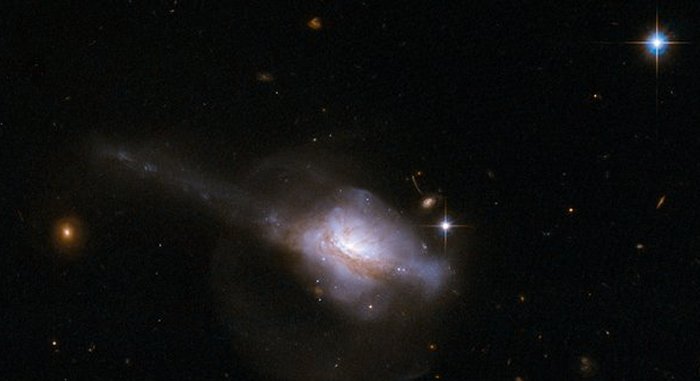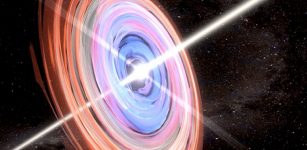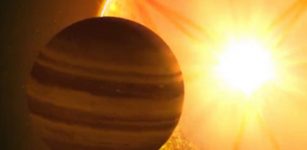323 Galaxies Examined: AGN And Star Formation – It Appears Both Grow Together
MessageToEagle.com – CfA astronomer Belinda Wilkes and Joanna Kuraszkiewicz and five colleagues examined 323 galaxies known to host AGN from their strong X-ray emission and also to have active star formation underway as determined by their far infrared emission.
Their study shows that there is no evidence (at least in this set of objects) for a strong correlation between the two or that AGN quench the star formation. In fact, it appears that both grow together.

These correlations apply both in local galaxies and those at earlier cosmic epochs. But despite progress in studying SMBHs, how they effect their hosts still not understood. In some suggested scenarios the SMBH suppresses star formation in the galaxy by expelling material. In others, like the merger scenario, the effect is the opposite: the SMBH boosts star formation by helping stir up the interstellar medium.
Star formation is one of the principle markers of galaxy growth. Observations of galaxies have tried to measure the star formation by correlating the formation rate with the intrinsic luminosity (star formation heats the dust whose infrared emission can dominate the luminosity).
However, the emission from the region around a supermassive black hole that is actively accreting, an active galactic nucleus (AGN), can easily be confused with the emission from star formation. X-rays or the emission of highly excited ions can be used to determine the AGN contributions independently, but these measures may be complicated by intervening dust extinction or other effects. Furthermore there is evidence that in small or less luminous galaxies, or in those at earlier cosmic epochs, other factors like element abundances strongly influenced the galaxy’s development.
The galaxies are all at distances such that their light has been traveling from between about two to eleven billion years. Their statistical analysis of the sample finds that on average the AGN contributes about 20% to the infrared luminosity although it can sometimes be as much as >90%.










